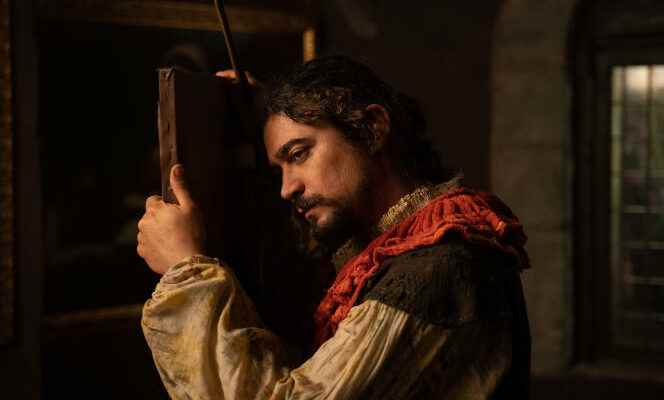THE OPINION OF THE “WORLD” – TO SEE
Police officer during his youth, prolific actor from 1972, then director of about fifteen films, the Italian Michele Placido has never really stopped rubbing shoulders, in any way whatsoever, with all kinds of thugs, thugs and bad boys. He stalked them in real life, on television, especially in the series The Mafia, from 1984 to 1989, and then in the cinema, through his many curatorial roles. He finally staged them in his own films, Romanzo criminale (2005), The Angel of Evil (2010) and The Watcher (2012), among others.
The last of his feature films is no exception, which focuses on one of the greatest geniuses of the genre. Namely Michelangelo Merisi (1571-1610), nicknamed Caravaggio, a high-flying insurgent who carried out his criminal acts. Ogre and demon, an overflowing figure that the film barely tries to circumscribe, on the contrary delivering its body into the pit, prey to its excesses, its violence and its exuberance. Here, it is the body that acts, the gaze that directs, the two together working on the work that takes shape before our eyes.
In Caravaggio, we will not see the artist paint. There is no need for it, since his gestures, his movements in space and the way in which the characters are arranged around him are enough to compose and reveal each of his works. The process thus immerses us, for two hours, in the center of a painting whose composition remains suspended in the life which crosses it. A painting with uncertain limits, with a porous varnish, with a shine likely to tarnish from one moment to another, where art and reality merge.
The puzzle of a lifetime
When the film begins, we are in 1609. Sentenced to beheading by the pope for having killed the young nobleman Ranuccio Tomassoni with a sword, three years earlier, Caravaggio (Riccardo Scamarcio) left Rome and took refuge in Naples , where he enjoyed the protection of Costanza Colonna (Isabelle Huppert), a fervent admirer and unfailing friend of the painter. Unhappy in his exile, Caravaggio painted, sought a quarrel in the disreputable suburbs, got drunk on wine and prostitutes.
He has to date multiplied convictions and imprisonments. Nothing could calm him down. Not even this inquisitive silhouette which suddenly appears, in the guise of a fictional character, the Shadow (Louis Garrel), commissioned by Pope Paul V to investigate this painter who is said to be depraved and heretical. The elements collected will be used in the Church’s decision whether or not to grant grace to Caravaggio.
You have 44.84% of this article left to read. The following is for subscribers only.
